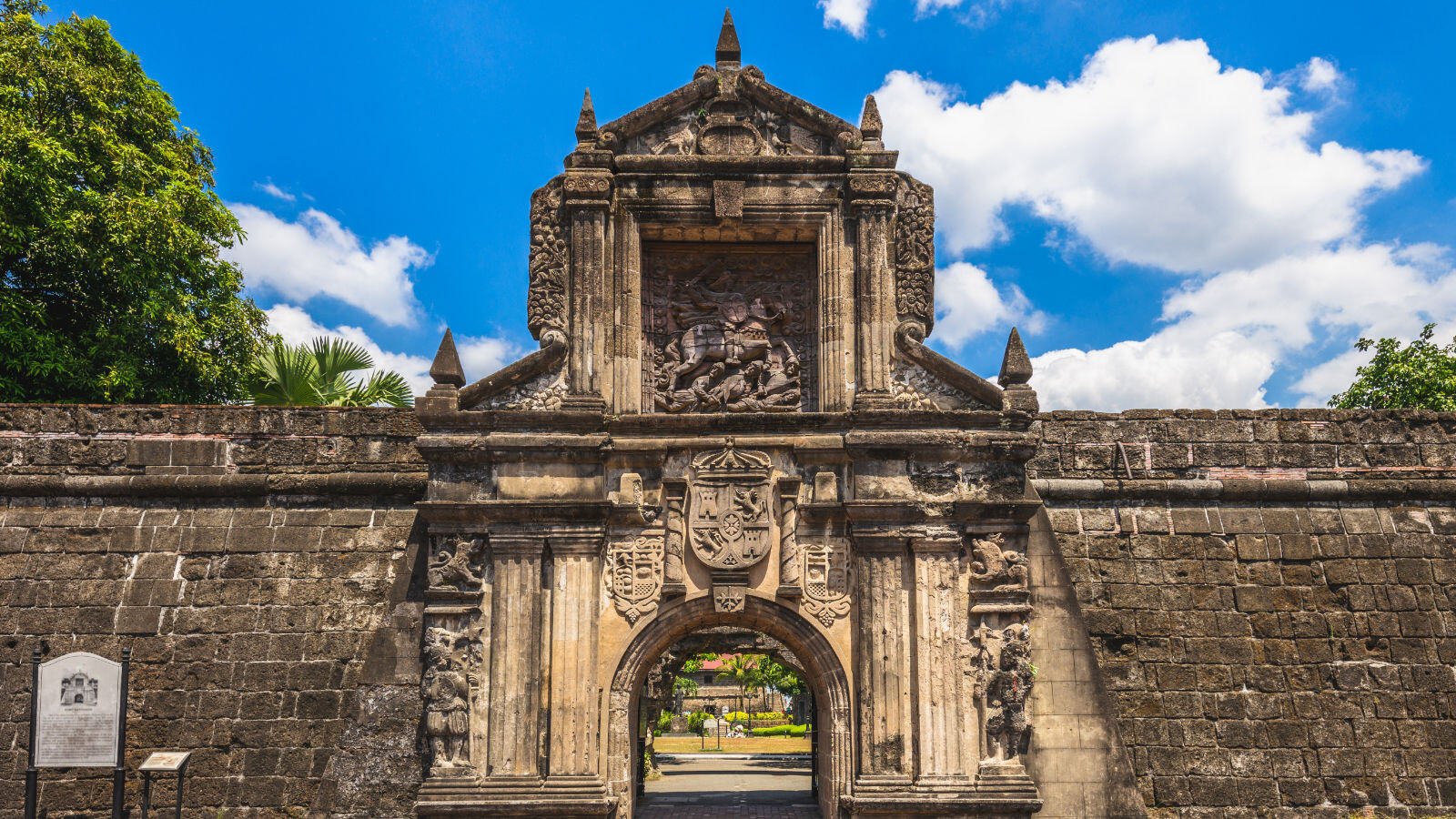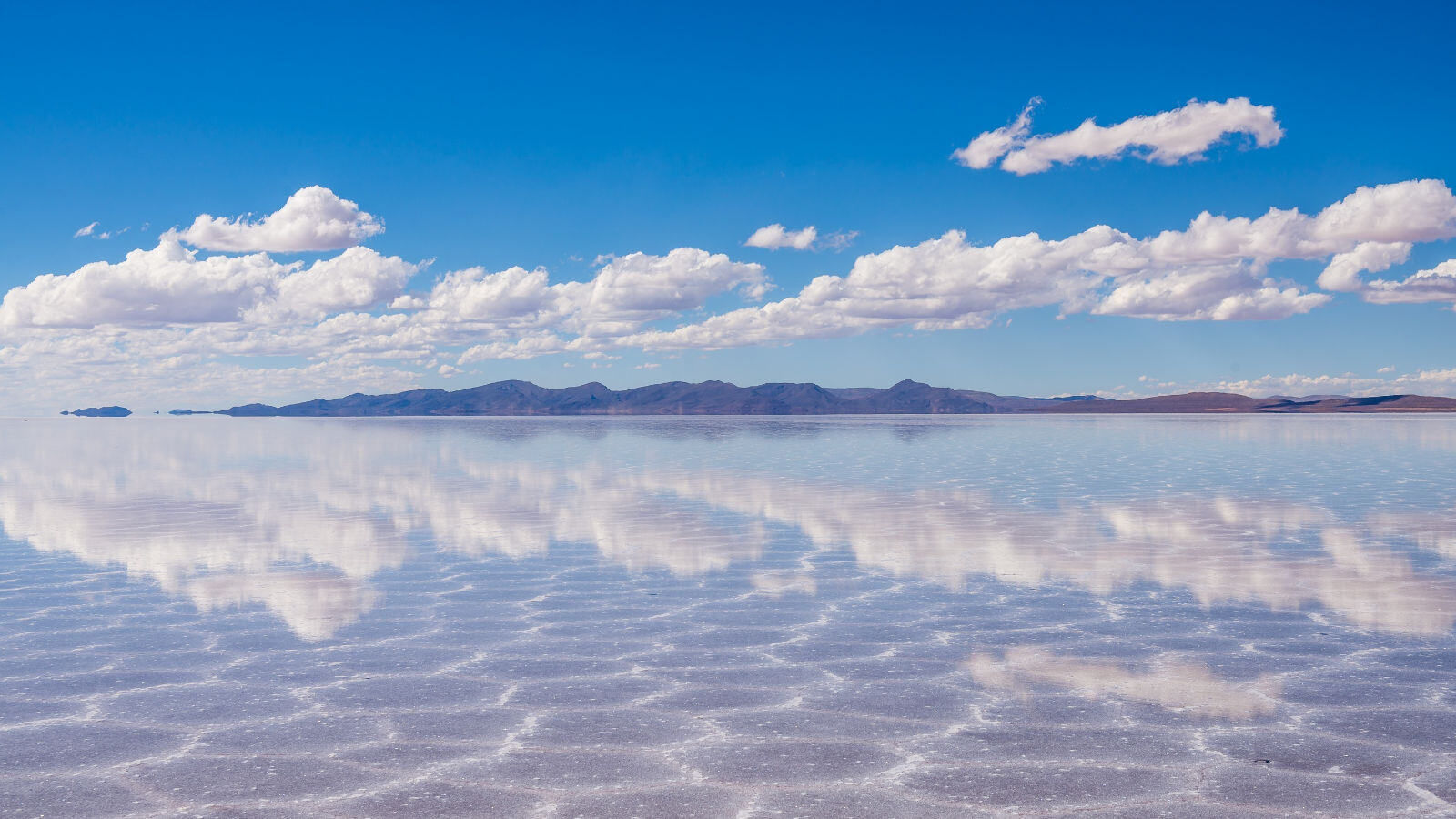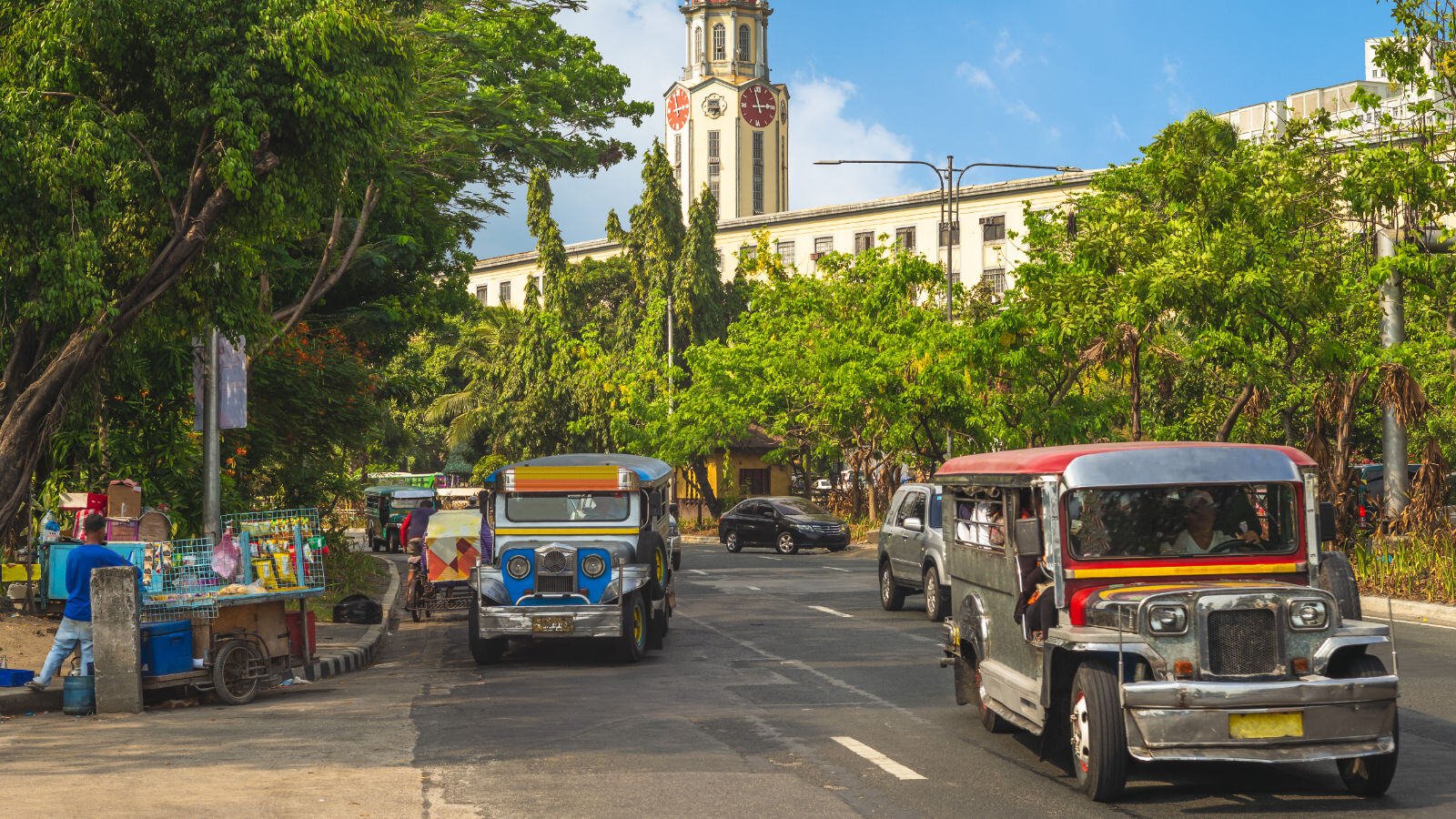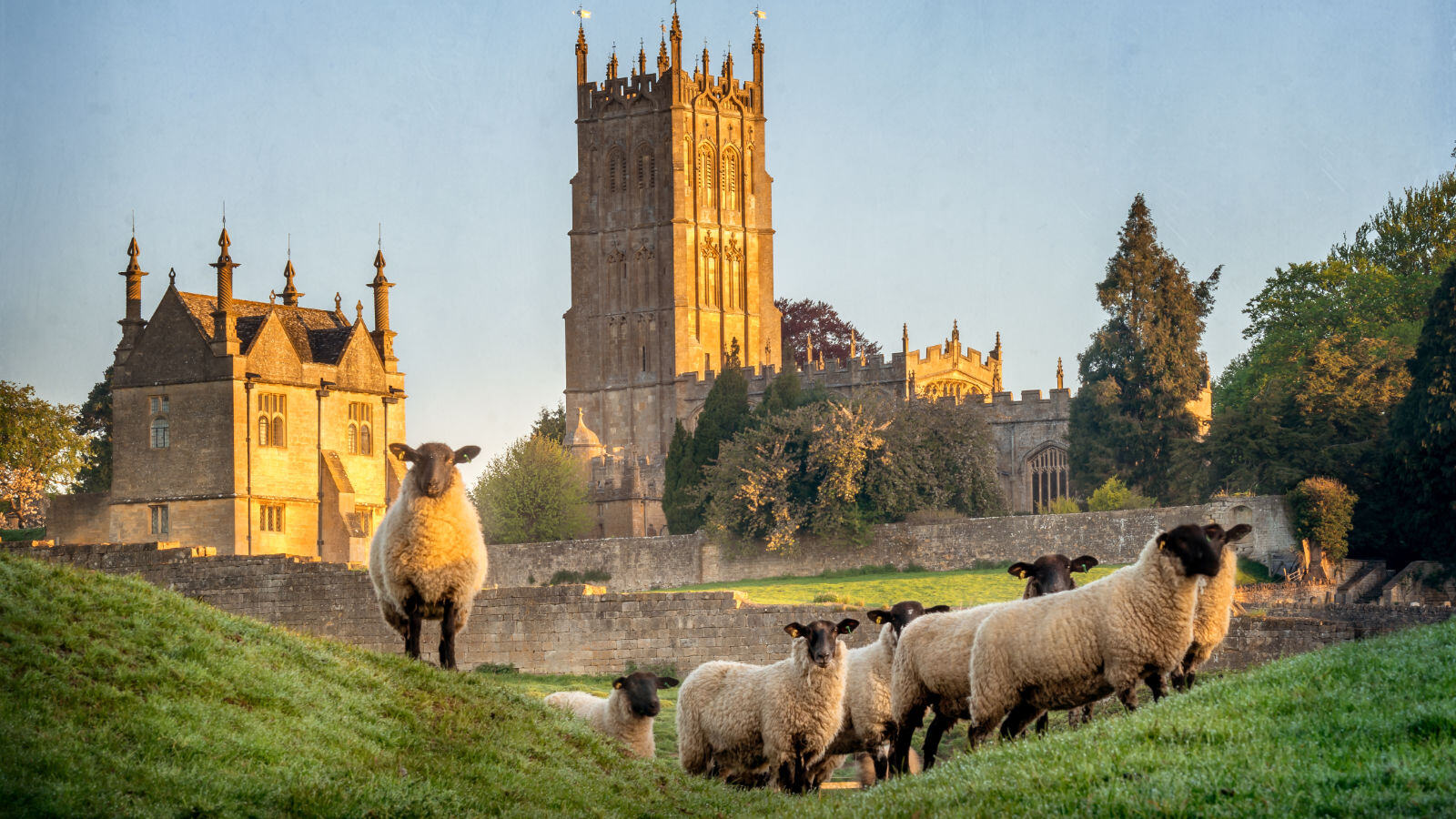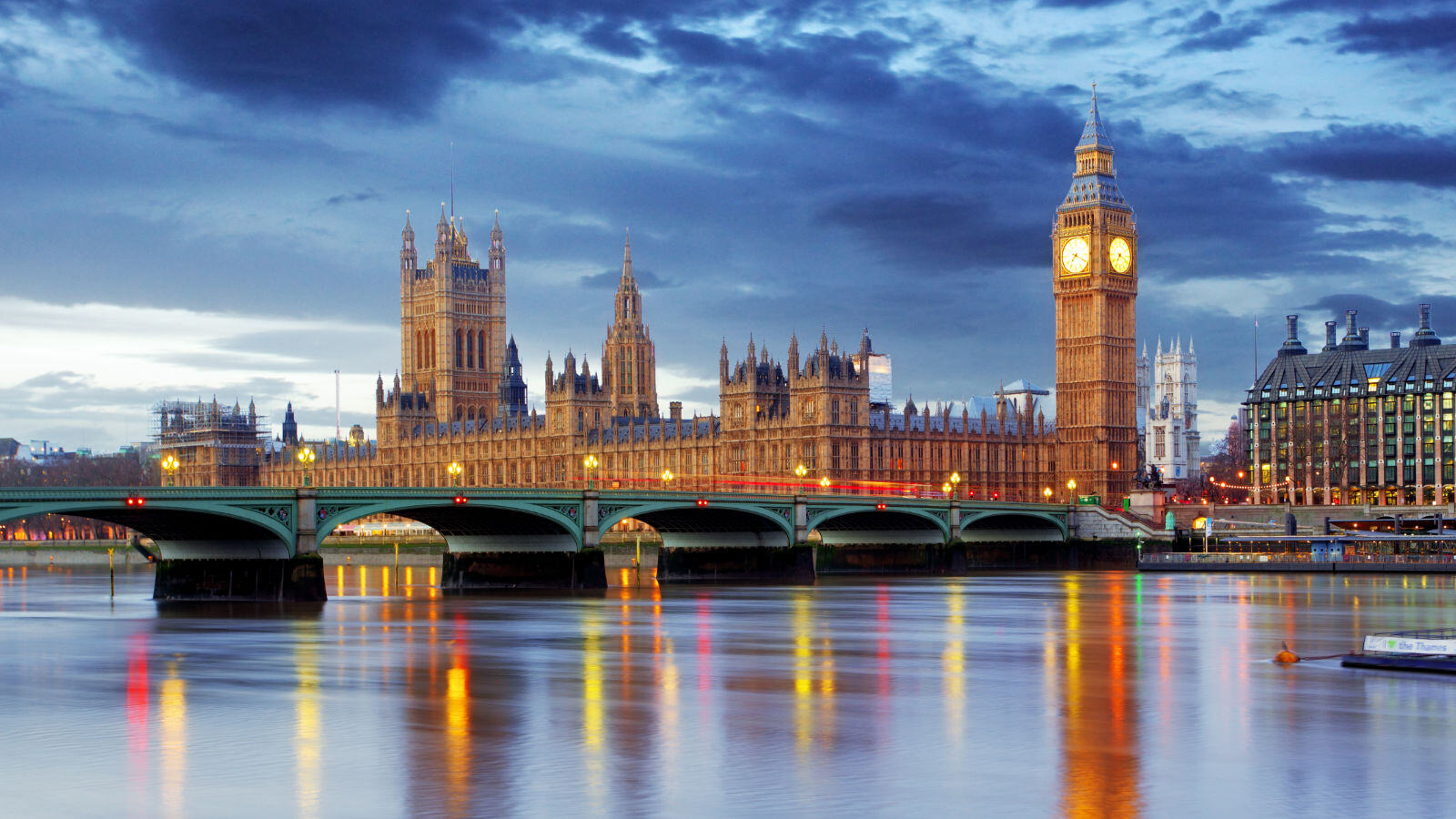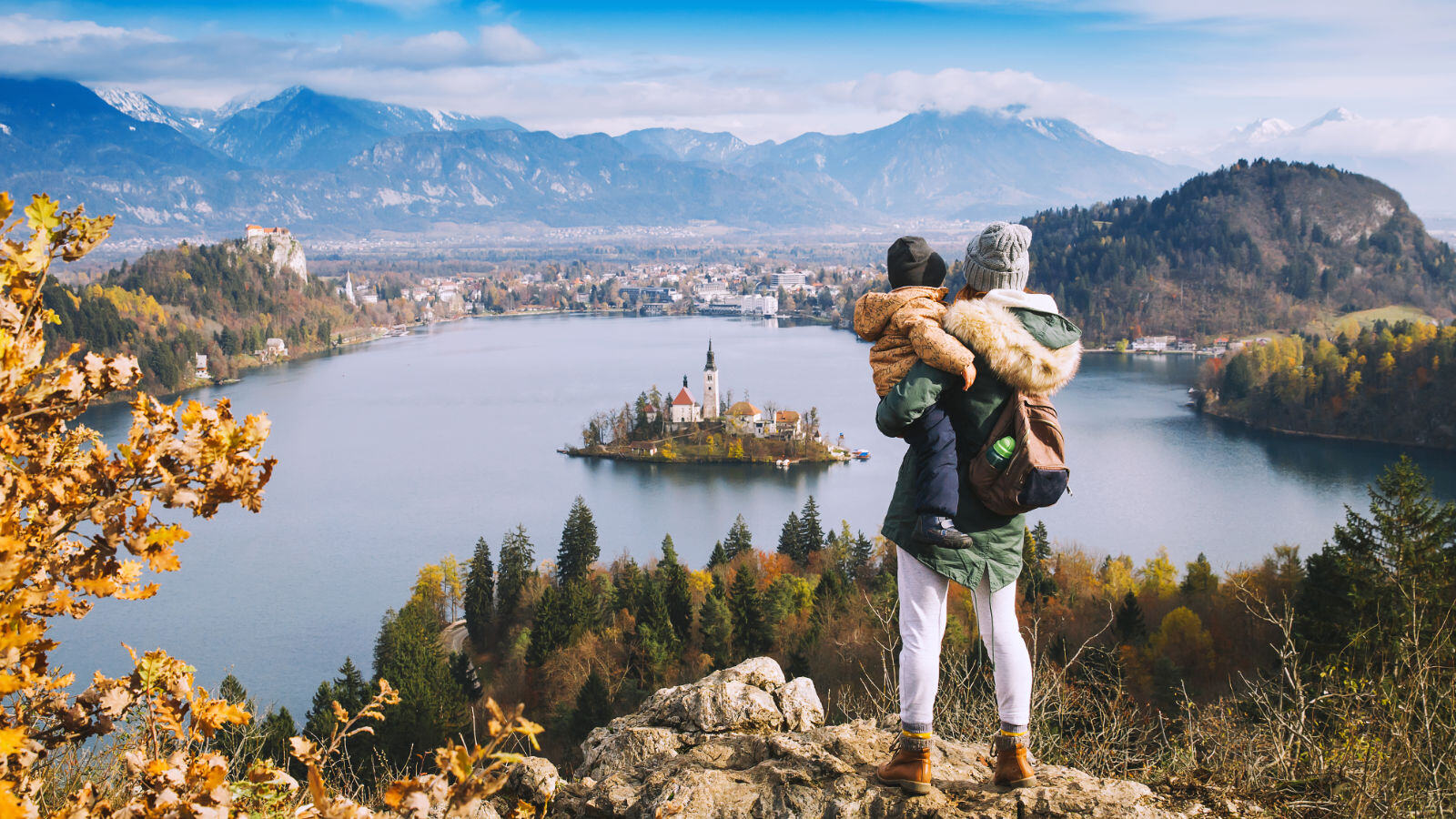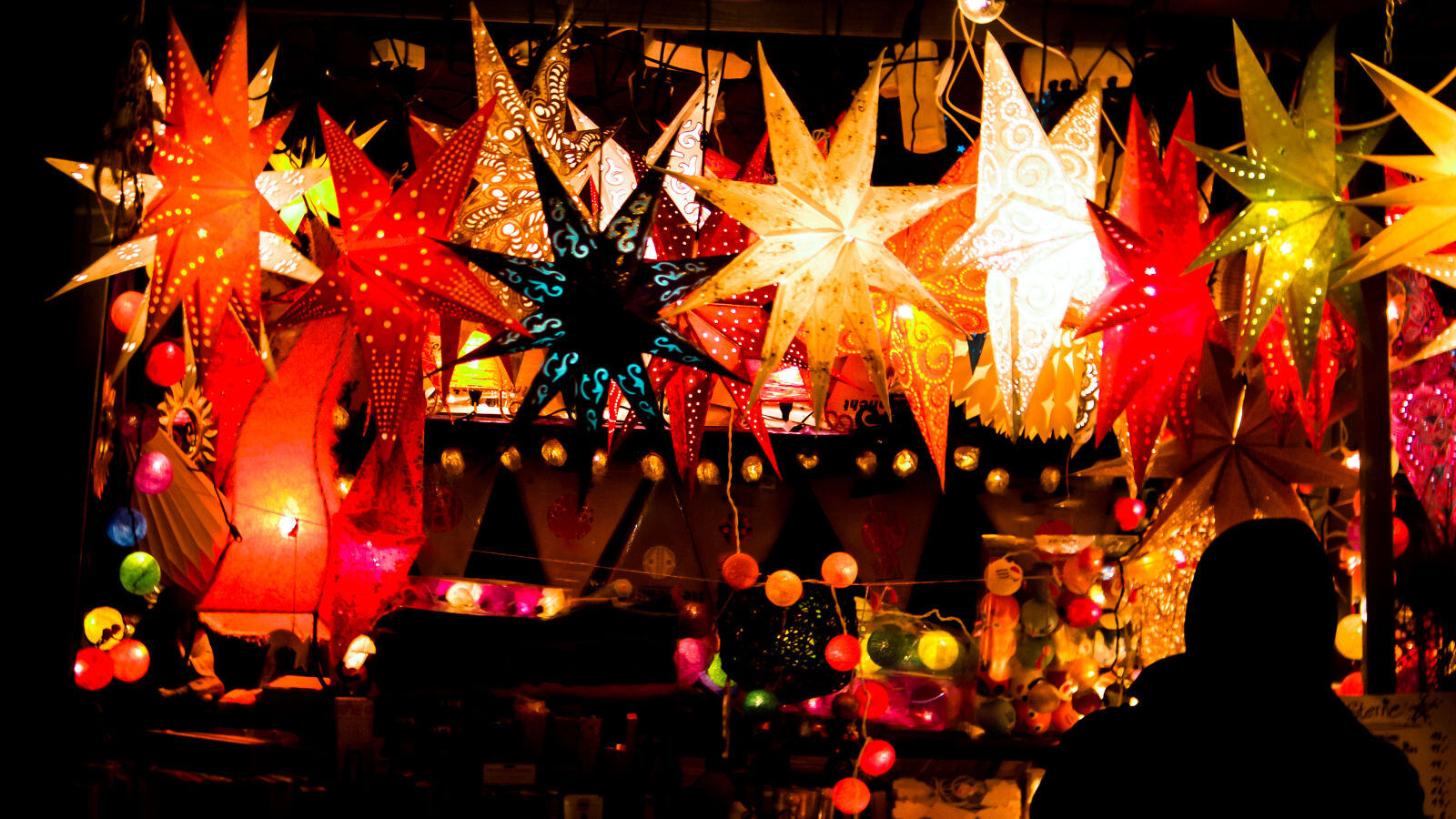Recently, a colleague of mine asked why many (if not all) Filipinos can capably work their way around the English language. Well, the answer is quite straightforward. Although the Philippines is famous as a former colony of Spain, the country is heavily influenced by American culture as a result of the 48 years that the United States occupied the archipelago. In 1898, the Philippines became the first and only US colony in Asia. Following the Philippine-American War, the United States brought widespread education to the islands. The ‘Thomasites’ — teachers who came to the Philippines aboard the USS Thomas — arrived and imparted the pillars of the American education system to every area they were stationed in. To this day, English is the primary medium of instruction from preschool to university.
The thing is… foreign influence has always been a constant factor in the history of the Philippines. Even before Ferdinand Magellan’s fateful 1521 landing and the Spanish colonization that swiftly came after, the country has already experienced overseas interaction and trade; notably with the Chinese merchants who routinely made deals with the local tribes and their rulers. In Manila for example, there was already a thriving multi-cultural settlement that existed as far back as 1258, centuries before conquistador Miguel López de Legazpi founded the Spanish city of Manila and sowed the seeds of the modern metropolis that it is today.
It is this pervasive and long-established foreign impact that defines the Philippines’, and ultimately Manila’s, mixed heritage. In essence, Manila is simply a bubbling hot pot of multiple cultures that strongly features influences from Spain, China, the United States, Malaysia, Indonesia, and even India.

A couple sampling quintessential Chinese-style snacks in Binondo — the oldest Chinatown in the world
Stroll around old Manila and you’ll see colonial-era structures like the storied walls of Intramuros. Take a side-trip along the streets of Ongpin and marvel at the amount of Chinese-influenced tasty morsels that you can sample like fried siopao, dumplings, or lumpia. Catch a breather on the sidewalk while watching colorful Jeepneys — a type of public transport based on extremely modified Willys MB Jeeps that were left behind during the aftermath of WWII — hastily pass by. Participate in a local town’s fiesta and experience a string of traditions whose origins date back to the time when Spain ruled the land. Get the mind-blowing realization that almost every street or plaza or communal area has its own basketball court (half or full) — a direct product of the Filipinos’ intensely fanatical obsession with the sport that was introduced in the islands by the American soldiers.

A passenger jeepney making it's way through Manila
Or just ask Filipinos about their Spanish-sounding surnames over a meal and get amazed by their answers delivered in clear English; all of this happening as you enjoy a noodle dish called Pancit Canton while the locals constantly sprinkle Malaysian/Indonesian loan words into the delightful conversation. Sounds confusing? Well it might be, but it would make perfect sense if you are there experiencing it for yourself. Especially if you are comfortably situated near one of the most stunning beaches this side of paradise.
Open yourself up to the bounty of multi-cultural offerings that a visit to the Philippines can deliver. Contact your Travel Advisor and book a trip today! Do you have a specific mixed-heritage experience in the Philippines that you want to check out? Let us know in the comments section below!

